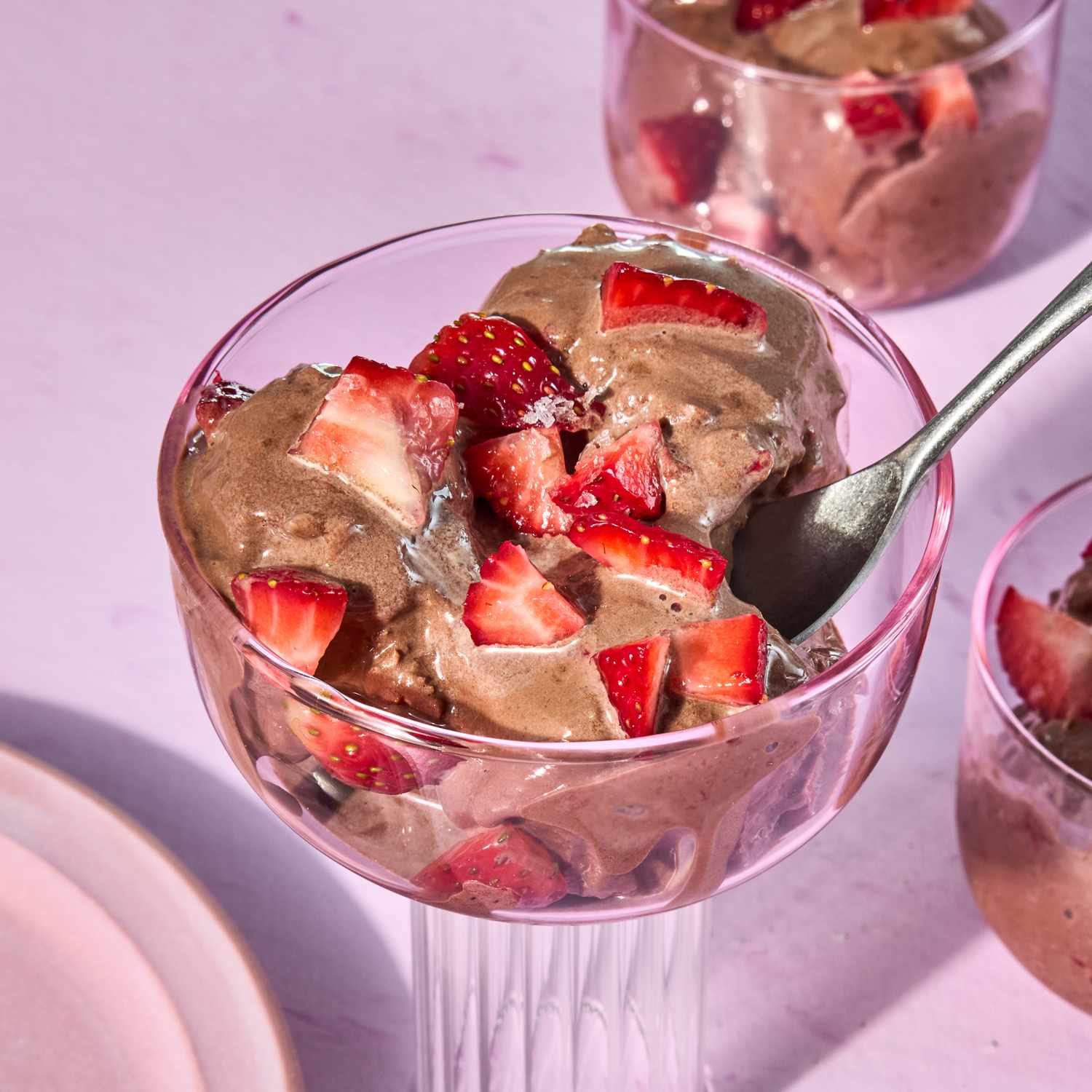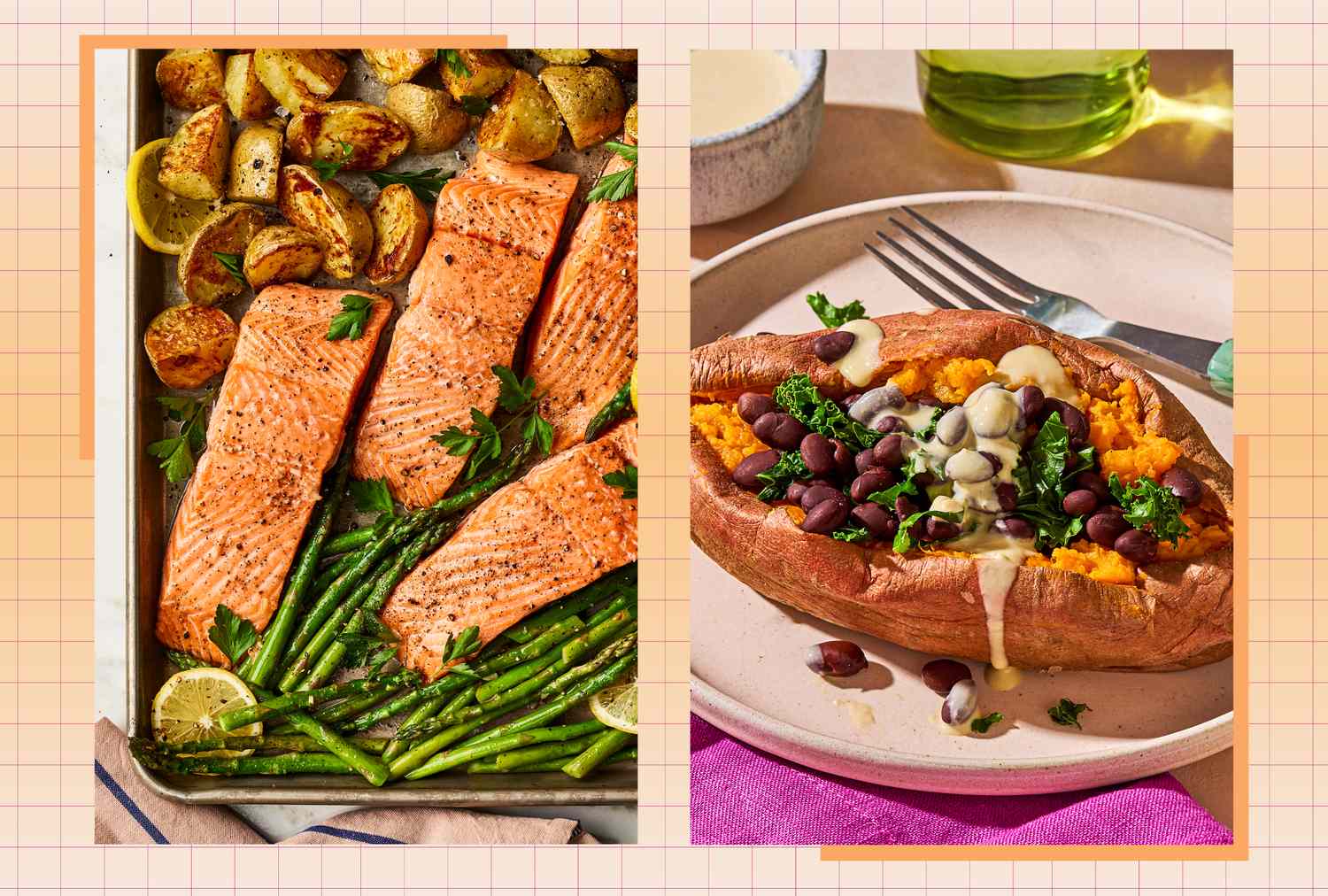For various reasons, ranging from politics to
It’s our responsibility as benefit advisers to encourage employer clients to build this approach into their health benefit design. But we can also heed this advice for ourselves, our families and health insurance brokerage or advisory associates. So, why not practice what we preach,
Recently, I’ve added a handful of new healthy eating priorities to my daily activities. They go beyond the typical “eat more fruits and veggies” mantra, although that is a fundamental principle for anyone who needs to improve their diet. Here are a few personal recommendations to enhance healthy eating initiatives for everyone in your professional and personal orbit:
1. Start weekly food shopping at a local farmers’ market
Eating produce that’s in season is very important and local growers know exactly what they can produce in sufficient quantities, so let them be your guide to what’s fresh. In my town, we only have farmers’ markets on Wednesday afternoons and Saturday mornings. I love it so much I pop out of bed on Saturdays and go to my local farmer’s market right after spin class.
Produce at the perfect ripeness stage (usually harvested that week) has the ideal levels of sweetness and flavor, eliminating the need for added sugar or other caloric flavor enhancers. There’s just no way around it: produce sold at major grocery chains cannot match the ability to perfectly ripen the way your local growers can. Plus, it’s fun to develop relationships with your local community of farmers. They need your support. Who knows, they may have a few employees and need a good benefits adviser to step in and help!
Read more:
2. Use hot liquids to extend a fast
Those who study intermittent fasting and time-restricted eating agree that the longer you can avoid eating, the better off you are on several different levels. When I’m working from home or driving to/from client appointments, what usually works for me is to skip breakfast and lunch and eat dinner with my family as my only proper meal.
While some researchers suggest that restricting eating at any time of day is just as effective as doing so at any other time, others, such as
For me, hot liquids (such as coffee, hot tea, or broth) help keep my fast going as long as possible. There’s something about tiny sips of hot liquid, when they hit my stomach, that helps me feel fuller longer. And when I sip from a double-walled aluminum cup, which keeps the liquid hot for a longer period, that helps even more. This information may arise in client conversations regarding how wellness programs incentivize employees to adopt healthier initiatives. Let’s say an employee works through lunch because he or she is fasting. That may encourage the person’s employer to let them leave an hour earlier at the end of the day to go to the gym. If you can validate and track that through wearable devices or gym check-ins, that could yield very positive results over time.
Read more:
3. Reduce sugar intake, but don’t opt for artificial sweeteners
I recently bought a new kitchen tool, a Ninja Creami, that we’ve been using regularly. One of our favorite things to make is the one-ingredient sorbet. We’ve decided that if we want something sweet, we’ll opt for fresh fruit. After dinner, a half-cup serving of sorbet, made with our fresh fruit of choice as the only ingredient, has become a family favorite. The first one we tried was watermelon sorbet. That’s easy, there’s lots of flavor, natural sweetness when locally field-ripened and it naturally produces lots of juice when crushed. Well, it was delicious; however, to be honest, my kids didn’t appreciate the first spoonful because it wasn’t sweet enough. I’m busted! I must admit I allow them too much autonomy regarding junk food and that has manifested itself in distorted taste expectations. I need to do better with them.
So, I pulled out an old trick I learned in college. I participated in a mindful eating class, which had a big impact on me. Our instructor gave us several foods to taste. Those foods came from both healthy and unhealthy selections. The exercise was meant to help us focus our senses to enhance the taste experience. First, we used our sense of sight and smell to prepare our mouths for the incoming flavors. Then, upon placing the food in our mouths, we closed our eyes and focused on the flavor and texture of the food. We didn’t start chewing right away. We delayed that for a few seconds so our brains could process the tastes and sensations that mouthful of food was creating.
By default, we ate less and enjoyed more of the food samples we were given. Instead of experiencing explosive, manufactured tastes, we were able to appreciate the natural flavors and sweetness of the actual food we were given. As I imparted this memory to my kids, we practiced the exercise. The natural flavor of the watermelon came through stronger in the sorbet on the second bite, allowing them to appreciate the single ingredient as an indulgent treat.
Read more:
4. Consume more foods with live cultures
I took a sourdough class a few months ago. That was a fantastic experience! There’s nothing like freshly baked, warm bread with butter. With sourdough, I noticed my youngest, who has plenty of tummy troubles, enjoyed that bread with none of the usual side effects we might have otherwise blamed on bread. It turns out that the live cultures in sourdough are beneficial to the gut microbiome. That compelled me to look for more foods with live cultures to add to our household’s food supply. I replaced regular yogurt with kefir, other beverages with kombucha and salsa with kimchi, among other substitutions.
A Google search of the question, “Is the gut the body’s most important organ?” will lead to limitless information to consume. You’ll be convinced that adding more live cultures will not only help your digestion but also improve the overall functioning of your body. If you need more convincing, here are a couple of articles from
Here’s a brain trick I’ve been loving lately: because I struggle with blood sugar regulation, I can only have a few sips of wine with dinner. So, I’ve been pouring kombucha into a wine glass and sipping on that while doing food prep in the kitchen before dinner. It makes me feel like I’m sipping on sparkling wine, but what I’m really doing is preparing my gut to digest the upcoming meal better. Plus, it feels a bit fancy to sip from a wine glass while chopping, slicing, dicing, etc., like those celebrities on TV food shows.
Read more:
5. Lastly, find something you can grow in your yard and use it in food preparation
I’m a little ashamed to admit it, but it took me three years of living in our current home to realize that I had a giant fig tree in my front yard. Last summer, I finally did some research, and now I’m hooked! The satisfaction I get from tending to my fig tree, picking figs to use in various ways and sharing fresh figs with my friends has been a game-changer. I honestly think it has contributed to better mental health for me.
There’s just something about going outside to pick something fresh and bringing it right back to your kitchen, only a few steps away. It’s a satisfying experience on so many levels. Even if you are a city dweller and don’t have a yard, there’s still plenty of food items you can grow in containers. Fresh herbs, cherry tomatoes, peppers, etc., are easily grown in containers and yield a usable quantity to turn dinner into a somewhat self-sufficient experience. Next up for me is planning out an edible landscape redesign of my property. There are plenty of shrubs, trees and small plants that make a beautiful landscape, as well as provide food you can put on the table.
I’m glad we’re watching a gastro-reawakening in America – a food renaissance of sorts. I think we’re getting back to our roots, leaving ultra-processed foods on the store shelves and opting for food only a step or two away from where it was grown. The more I do the five things I’ve just shared with you, the happier and healthier I feel. I hope these suggestions do the same for you.
P.S. – Channeling my inner TV food show celebrity,


